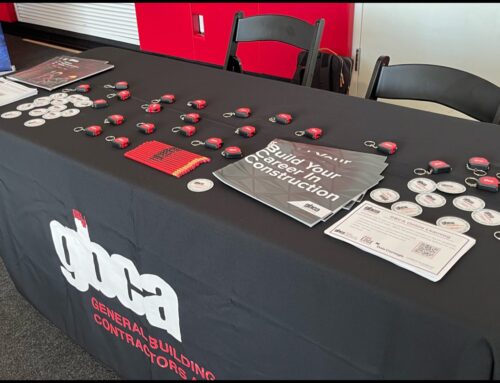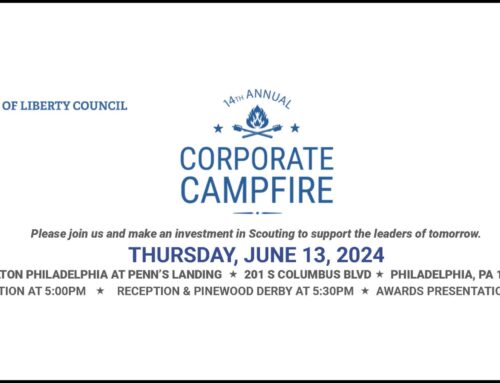This Toolbox Talk, developed by GBCA, the Building Trades Council of Philadelphia, Pennsylvania & Vicinity, and the Eastern Atlantic States Regional Council of Carpenters in support of 2021’s National Prevention Week (May 9-15), discusses opioid use disorder.
National Prevention Week provides tools to promote substance abuse prevention and positive mental health. Click below to download the Toolbox Talk as a handout (includes Sign-In Sheet).
Opioid Use Disorder
Our nation is in the midst of an unprecedented health emergency—the opioid epidemic. Prescription opioids are typically used to treat moderate to severe pain, but they can also be dangerous. Regular use of opioids can increase your tolerance and dependence, requiring higher and more frequent doses. Even when prescribed and taken as directed by a physician, long term opioid use can lead to an addiction called opioid use disorder. In addition to affecting the body and brain, opioid use disorder can cause difficulties in your ability to function at work or in maintaining healthy relationships.
The impact of opioid use is far reaching as millions of Americans suffer from opioid use disorder every year. The Center for Disease Control reported that over 450,000 people have died as a result of an opioid related overdose since 1999. Educating yourself on the risks and warning signs of misuse will help you in supporting a coworker or loved one that may be struggling with an opioid use disorder.
Commonly Used Types of Opioids
Opioids are a class of drug that work in the brain to produce a variety of effects, including the relief of pain, a sense of euphoria, and a state of relaxation. Common types of opioids include:
- Percocet & Oxycodone: Semi-synthetic opioids commonly prescribed for pain management.
- Fentanyl: A synthetic opioid used to treat severe pain. It is 50 to 100 times stronger than morphine.
- Codeine: A natural opioid used to treat pain and coughing.
- Heroin: An illicit and illegal drug made from morphine.
Warning Signs of Opioid Misuse
It may be hard at first to recognize the signs and symptoms that someone is struggling with opioid misuse. However, overtime, they may begin to display warning signs like the ones listed below indicating that they need help:
- Slurred speech
- Weight loss
- Persistent common cold symptoms and stomach issues
- Extreme sleepiness, falling asleep when standing or sitting still
- Isolation from family and friends
- Unpredictable behavior as a result of withdrawal
- Poor decision-making
- Issues with medical providers restricting medications and switching providers often
Signs of Opioid Addiction
So how do you know if you or a loved one’s misuse of opioids has progressively developed into an opioid use disorder? People from all backgrounds can experience addiction. If you or your loved one begin experiencing difficulties at work, declining health or relationship conflict due to opioid use it is possible that you may be suffering from an opioid use disorder. If you have experienced any of the statements listed below it is time to seek additional support:
- Failed attempts to stop or cut down on opioid use
- Used opioids to help manage feelings of anger, loneliness, or depression
- Took one drug to get over the effects of another
- Experienced a decline in job performance or unemployment due to opioid use
- Spend increased amounts of time securing, using, or recovering from opioid use
Help Is Available
Addiction is a chronic and progressive disease, but with the right help opioid use disorder is treatable. There are a variety of treatment options available to support you or your loved one on your path of recovery. Some treatment options include:
- Residential Treatment includes medications that are utilized to help manage the withdrawal symptoms that lead to cravings and relapse. This highly structured hospital-based level of care also includes individual and group therapy.
- Medication Assisted Treatment (MAT), such as Buprenorphine, can be prescribed by a physician and used in combination with behavioral counseling. This is commonly used to establish long-term sobriety by taking a “whole-person” approach to treatment.
- Outpatient Therapy and 12 step meetings, such as Narcotics Anonymous, have been widely used as part of a collaborative treatment plan and have been effective resources in supporting individuals in maintaining sobriety.
Getting Help
If you or someone you know is struggling with opioid use disorder, please know that this battle doesn’t have to be fought alone.
Call your insurance provider to discuss your treatment options and to connect with a provider today!
Remember to record the attendees of your toolbox talk!
Access GBCA’s full library of toolbox talks:





